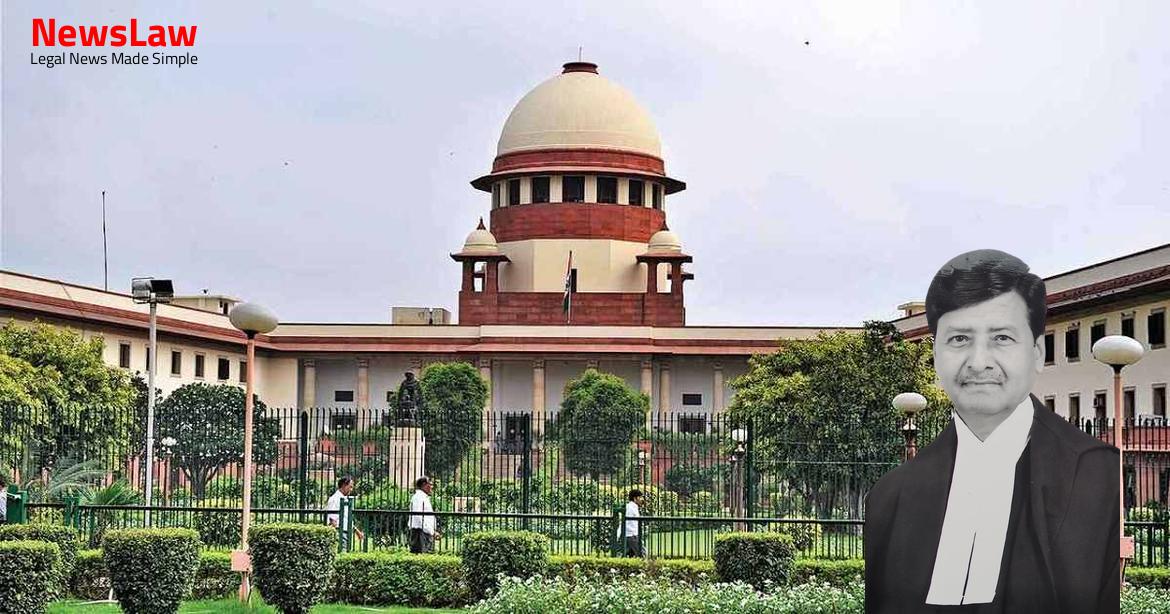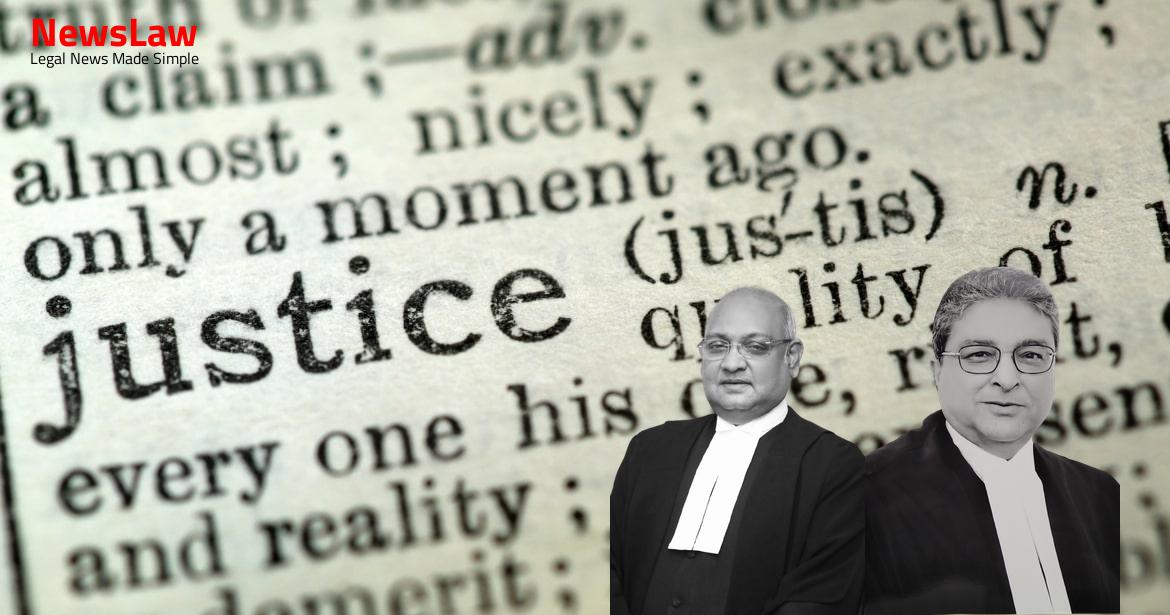In the case of Kajal v. Motor Accident Claims Tribunal, the High Court examined the computation of just compensation under the Motor Vehicles Act, 1988. Kajal, through her father, sought compensation due to her severe disabilities. The analysis emphasized fair and adequate compensation, considering factors like the multiplier system and significant disabilities suffered by the claimant. The Court’s decision reflects the need for fairness and adequacy in compensating for personal injury cases involving minors and individuals with disabilities.
Facts
- Kajal was examined at the PGI, Chandigarh for disability assessment.
- A claim petition was filed by Kajal through her father under the Act.
- Kajal’s disability has been assessed as 100% due to her low I.Q. and severe physical and mental impairments.
- Dr. Chhabra, a member of the Board, indicated her I.Q. to be less than 20% of a child her age with a social age similar to a 9-month-old.
- The Motor Accident Claims Tribunal awarded Rs.11,08,501/- but the High Court enhanced the amount to Rs.25,78,501/- under various heads of compensation.
- The High Court considered factors such as age, multiplier-income, disability, loss of income, permanent disability compensation, pain, suffering, loss of amenities, attendant charges, future medical expenses, loss of marriage prospects, medical treatment, transportation details, and special diet in determining the increased award amount.
- The High Court’s total award amount of Rs.25,78,501/- is a result of the consideration of multiple factors related to the claimant’s situation and losses.
Also Read: State of Karnataka v. [Respondent]
Analysis
- In the analysis section of the judgement, the court discusses the computation of just compensation under the Motor Vehicles Act, 1988.
- The court emphasizes the need for a pragmatic calculation of the loss sustained by the claimant, ensuring just compensation that is not excessive but neither meager.
- Factors affecting the compensation include the gravity of injuries sustained, consequential losses like loss of earnings and future earning capacity, pecuniary and non-pecuniary damages to be assessed in rupees and paise.
- The multiplier system, specifically using a multiplier of 18, is employed to balance various factors when determining compensation.
- Special considerations are given to the significant disabilities suffered by the claimant, leading to adjustments in the compensation awarded.
- The courts’ duty to ensure ‘just compensation’ is highlighted throughout the analysis, emphasizing the need for fairness and adequacy in the compensation awarded.
- Damages in personal injury cases should be liberal, not niggardly, reflecting the value placed on life and limb in a free country.
- Assessment of damages involves categorizing into pecuniary and non-pecuniary damages, each covering specific aspects like medical expenses, loss of earnings, pain and suffering.
- The amount of compensation for minors should be invested in long-term fixed deposits until they attain majority.
- Damages must strive to adequately compensate for pain and suffering, loss of amenities, and loss of life expectancy.
- The multiplier method is used for calculating damages in personal injury cases, ensuring full and adequate compensation.
- Predictability and uniformity in awards are essential to facilitate peaceful settlements and maintain public trust in the justice system.
- Non-pecuniary damages encompass various elements like mental and physical suffering, loss of amenities, and loss of life expectancy.
- Uniformity in awards and fairness in compensation are crucial aspects to be considered in personal injury cases.
- In personal injury cases, if further treatment is necessary, the Claims Tribunal may permit withdrawal of the necessary amount for treatment.
- Investment in long-term fixed deposits should not allow loans or advances on the fixed deposit, and interest should be paid monthly to the claimant.
- Claimants should have the liberty to apply for emergency withdrawals.
- If a substantial amount is awarded, the tribunal may invest in multiple Fixed Deposits for flexibility.
- For semi-literate persons, the tribunal may follow a specific procedure unless the amount is needed for business expansion or property purchase.
- For literate persons, the tribunal may follow the same procedure with some relaxations based on various considerations.
- For widows, the Claims Tribunal should always follow a specific procedure.
Also Read: Legal Analysis of Entrance Exam Regulations in AYUSH Courses
Decision
- Interest payable on the awarded amount to be released quarterly to the father of the child.
- A total sum of Rs. 62,27,000 awarded under various heads including treatment expenses, loss of earnings, attendant charges, pain and suffering, etc.
- The awarded amount to carry an interest of 7.5% per annum from the date of filing the claim petition.
- The MACT to renew the amount on the specified terms even after 5 years due to the child’s disability.
- The awarded amount to be used solely for the care and payment of attendants for the child.
- Parents or guardian can apply for release of additional amount for special medical expenses, which MACT may consider.
- The entire awarded amount to be kept in a fixed deposit in a nationalised bank for 5 years at the highest interest rate.
Also Read: Challenging Foreign Contribution Regulations: Legal Analysis
Case Title: KAJAL Vs. JAGDISH CHAND (2020 INSC 135)
Case Number: C.A. No.-000735-000735 / 2020



